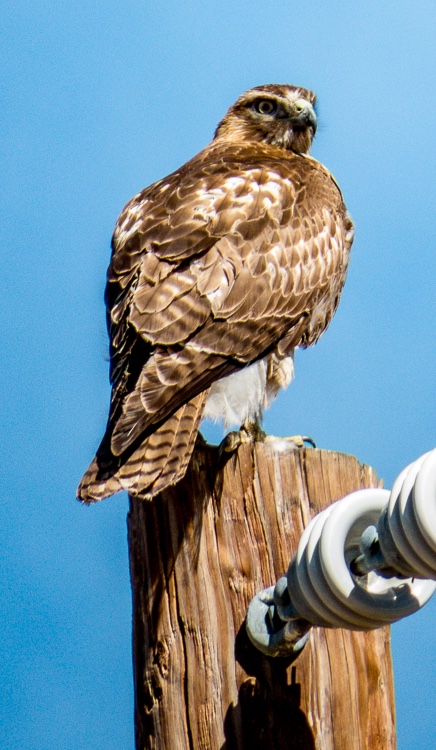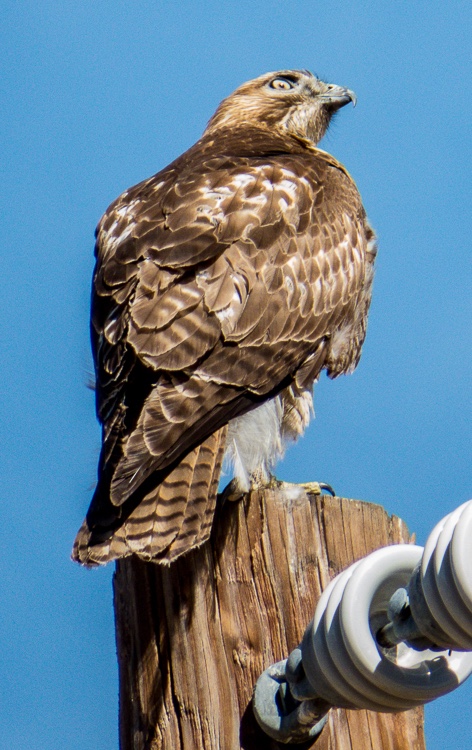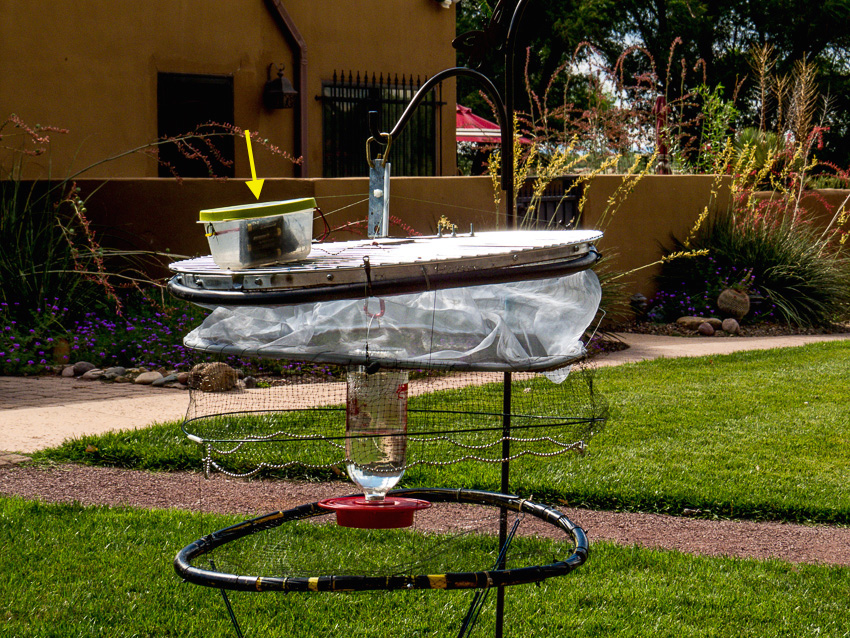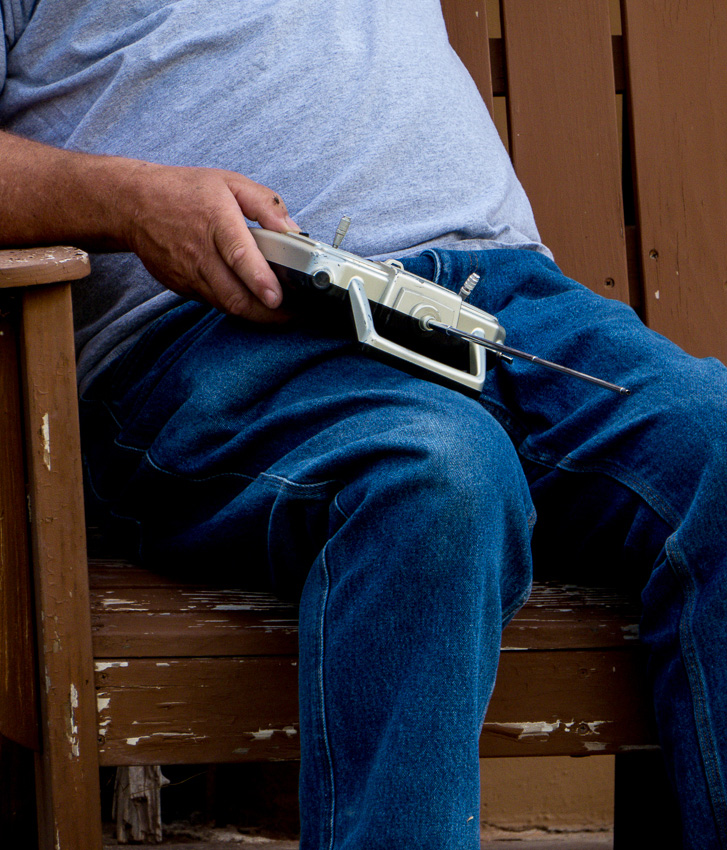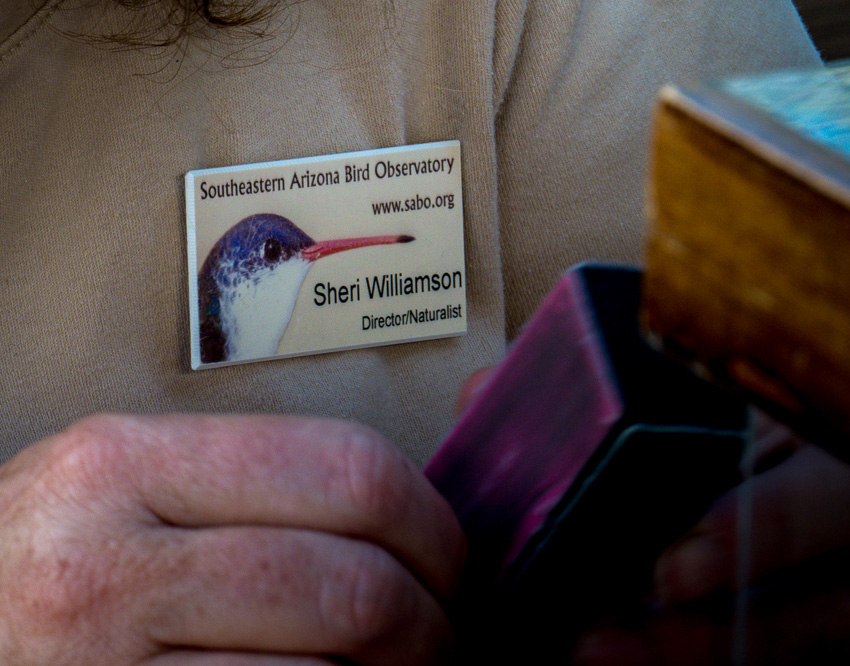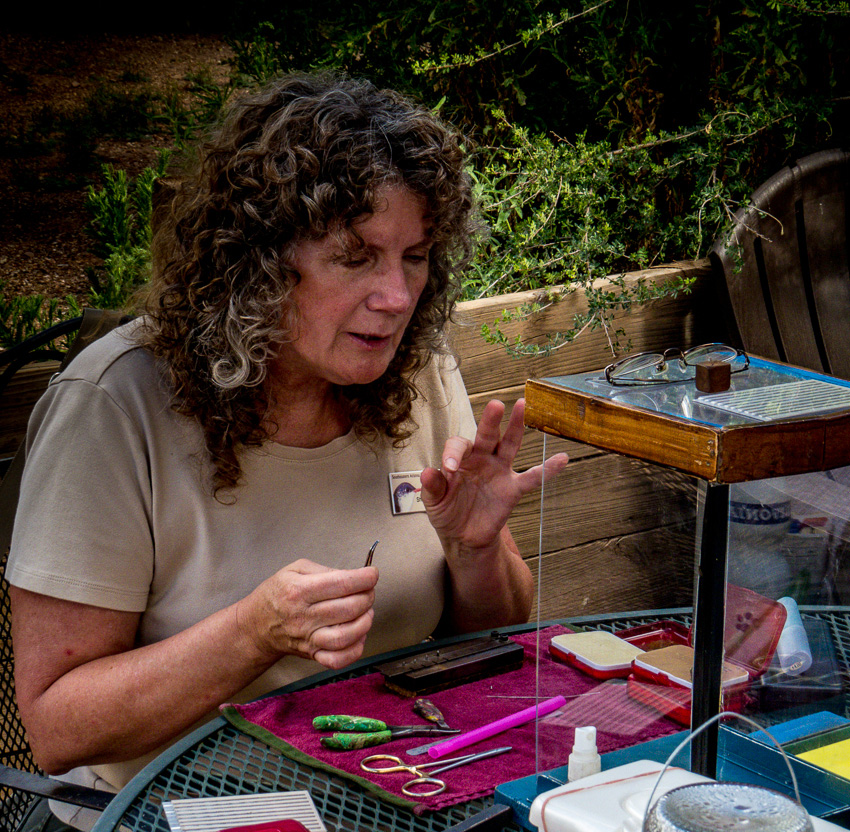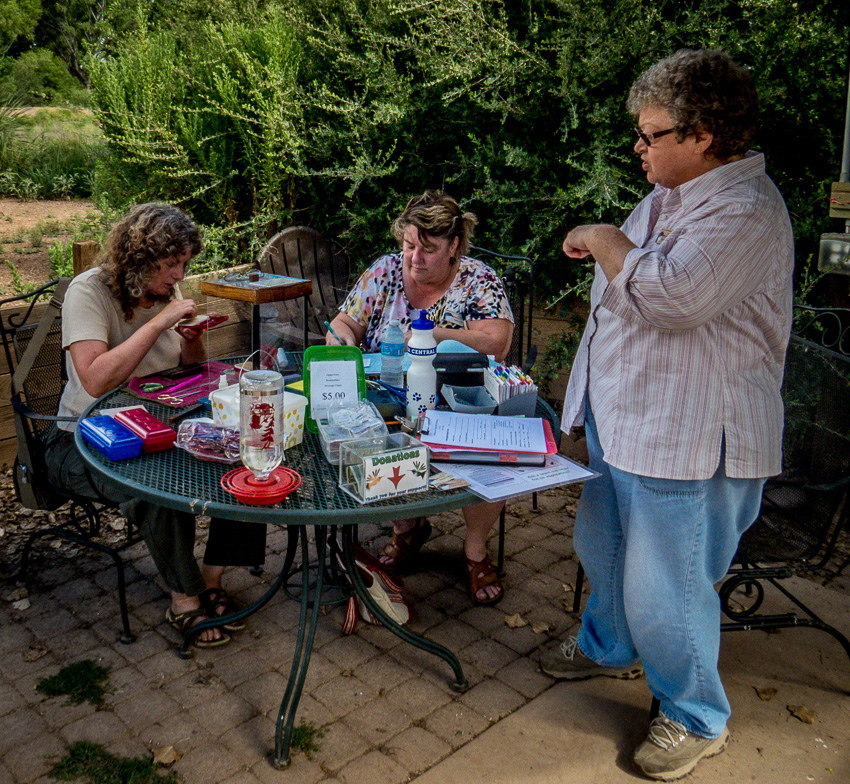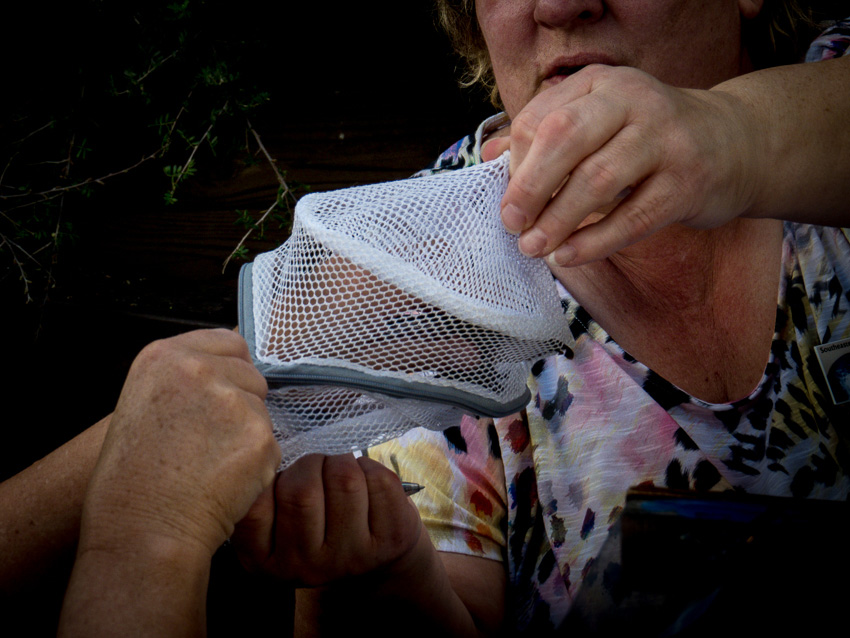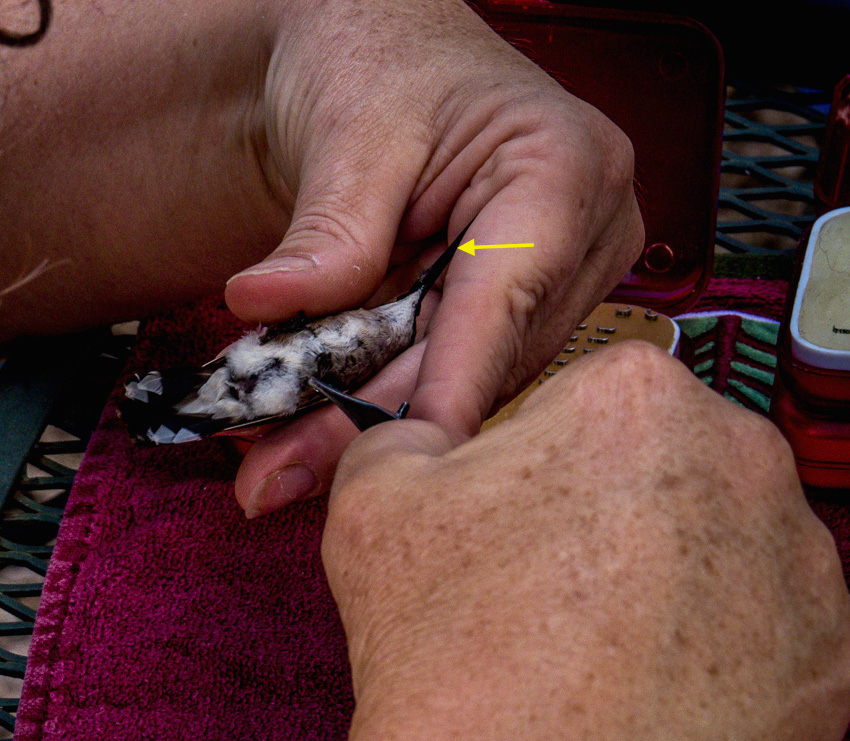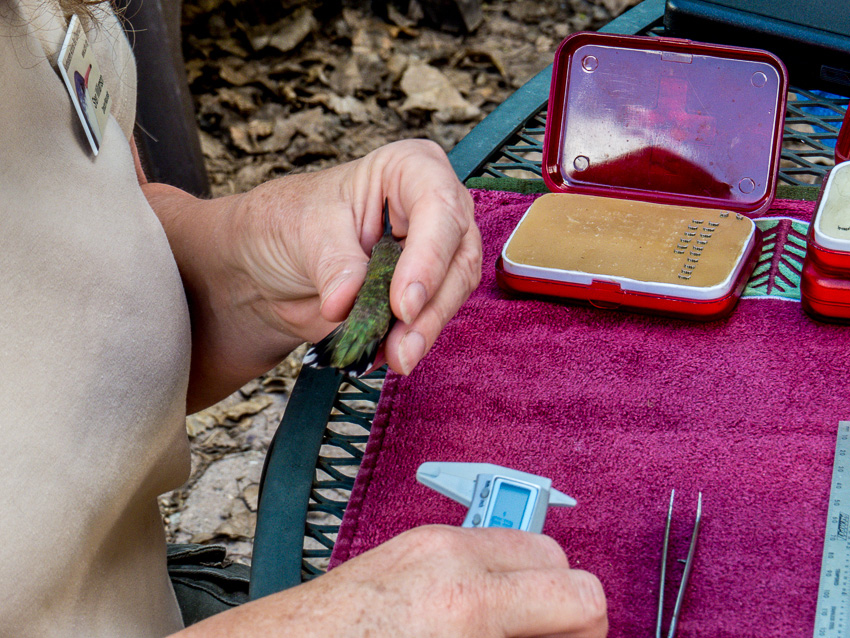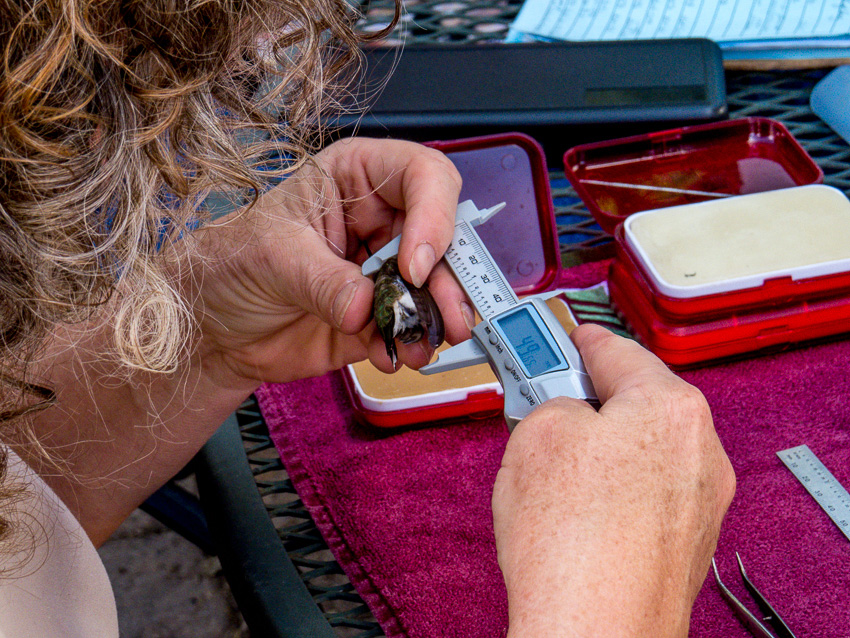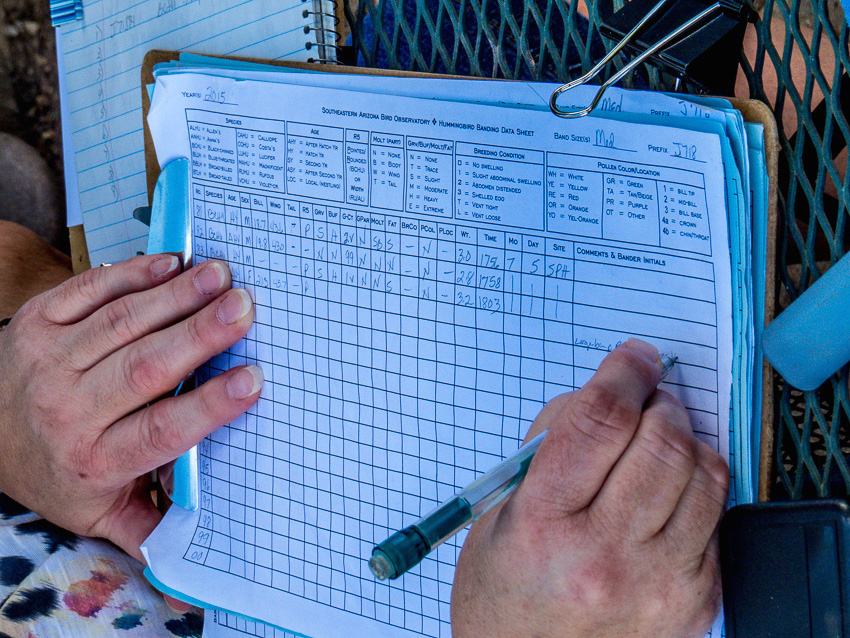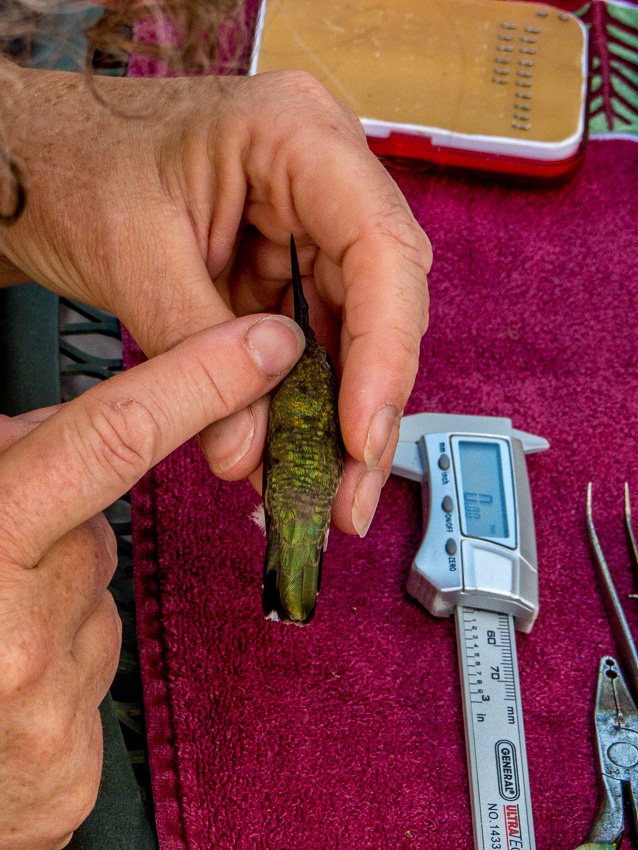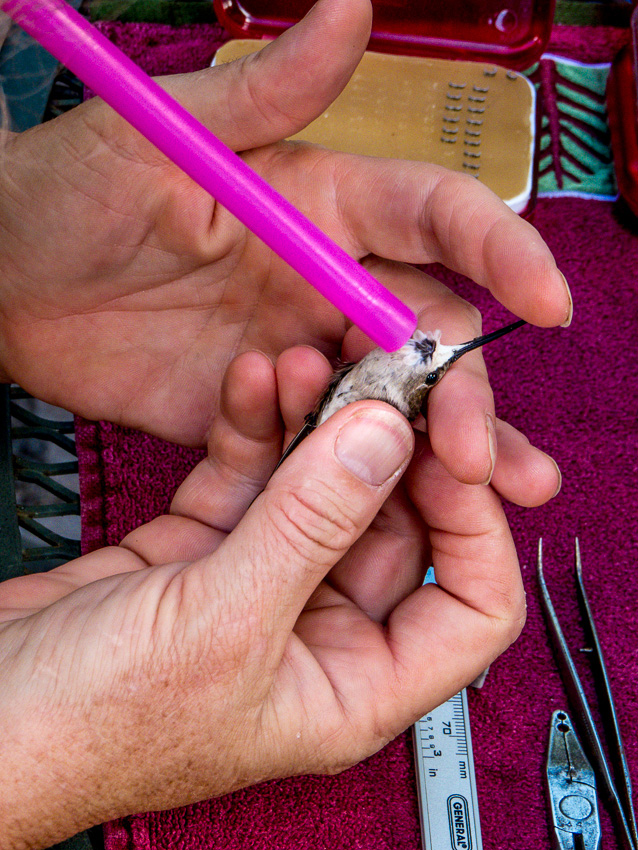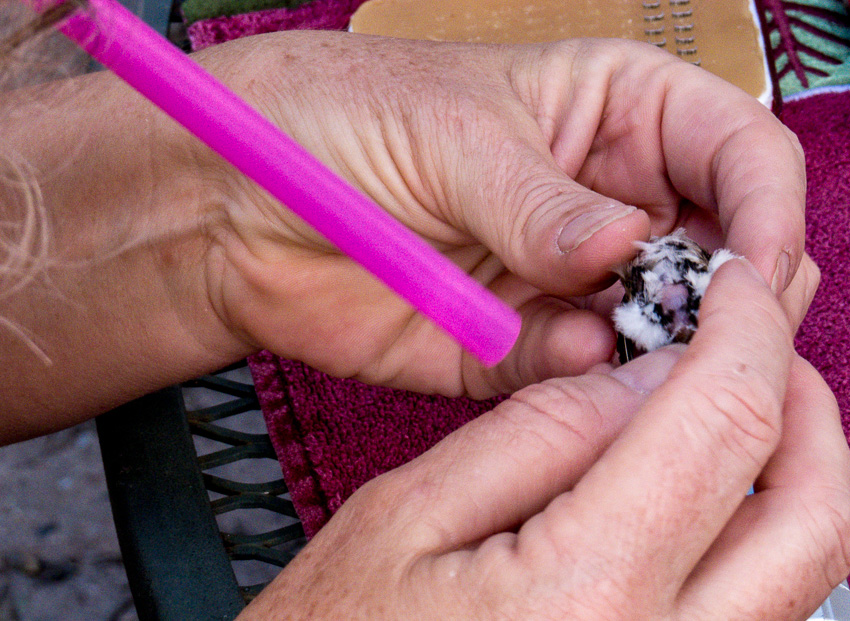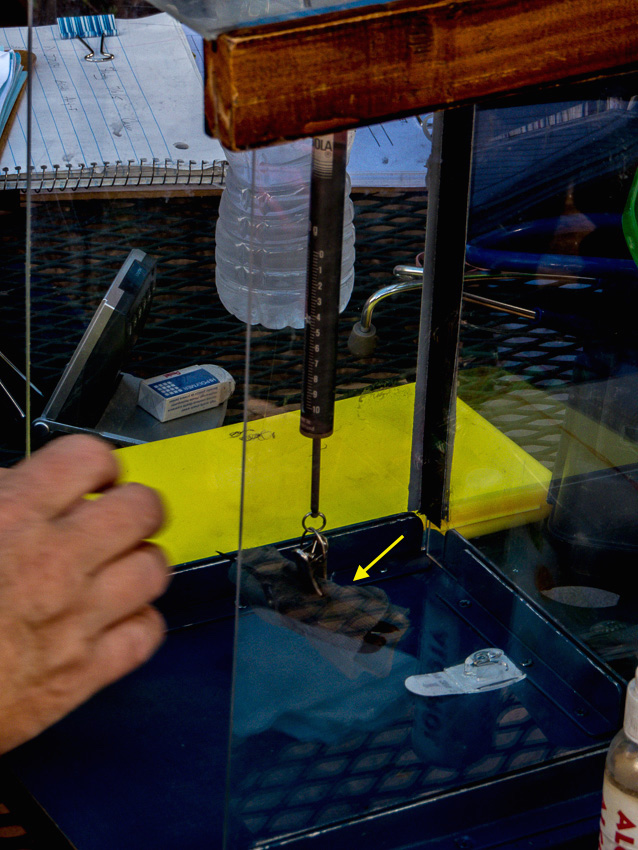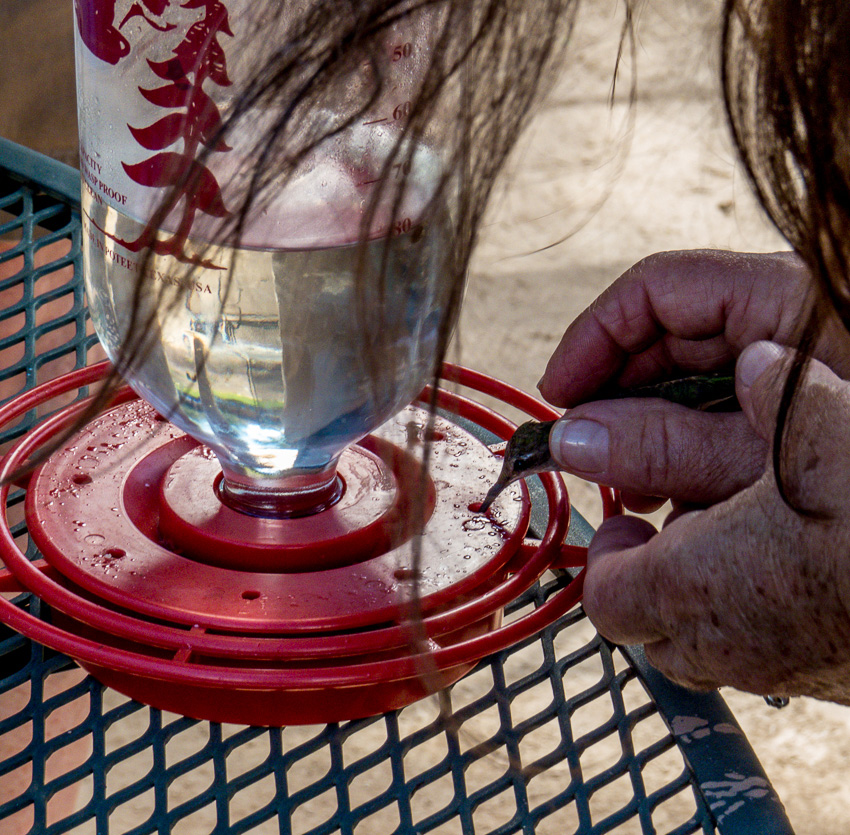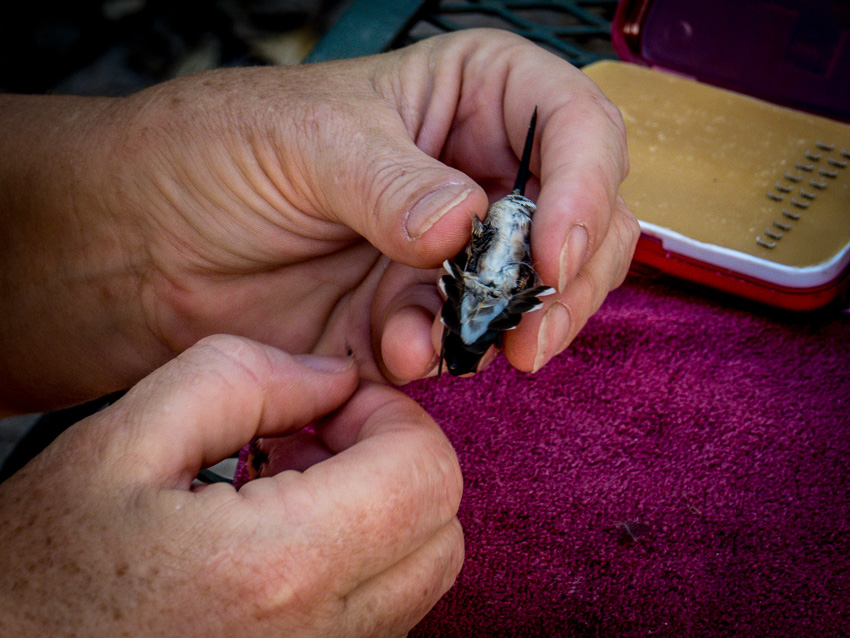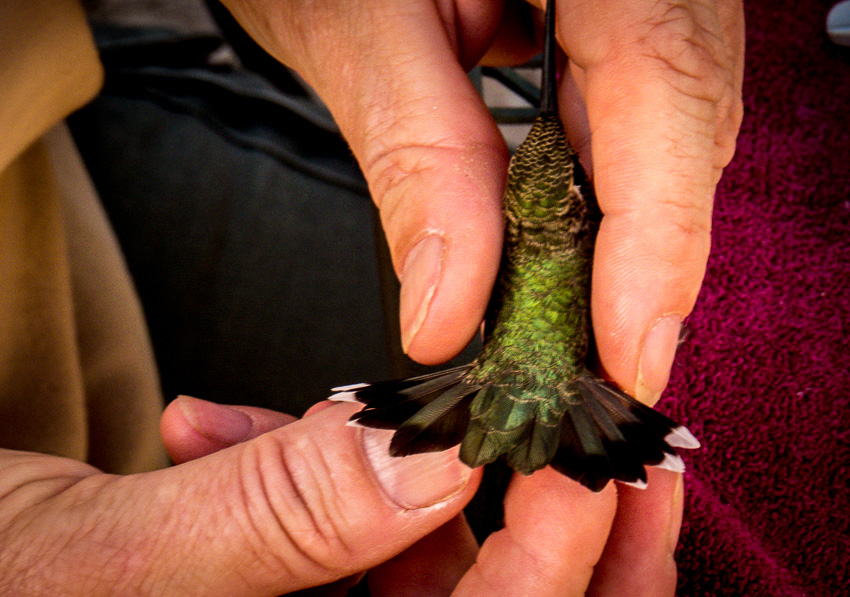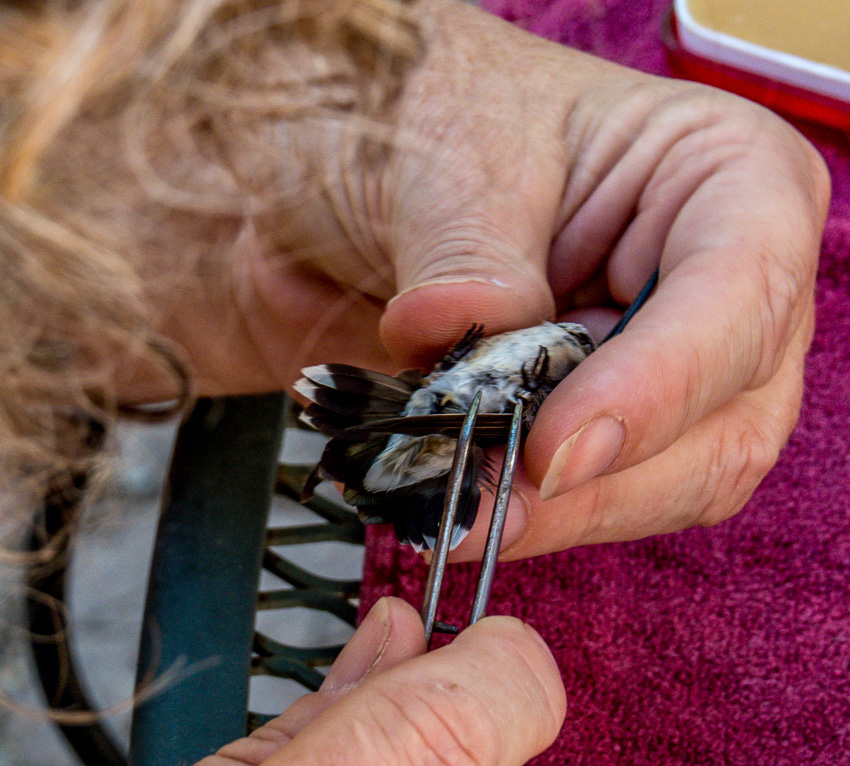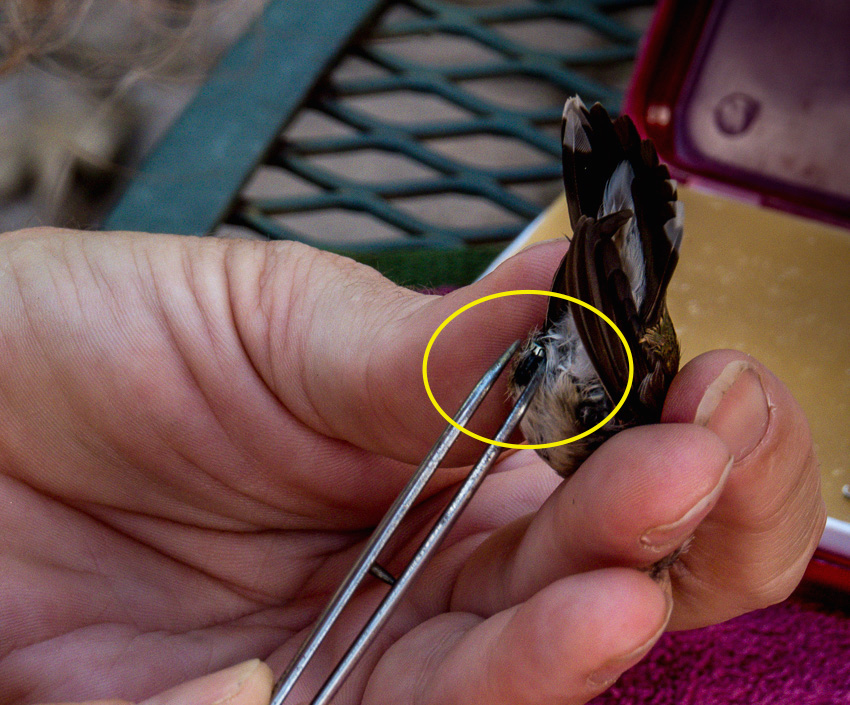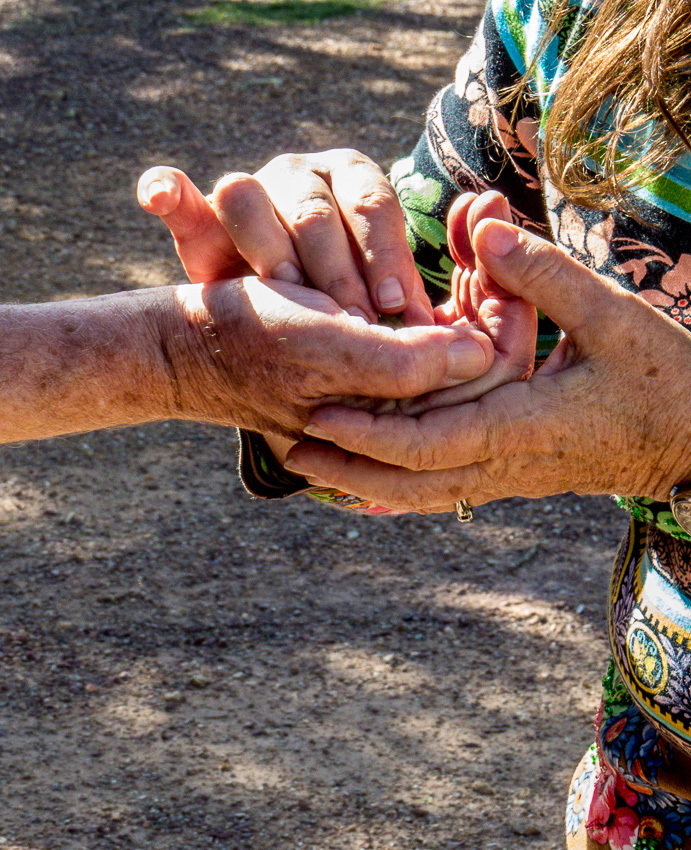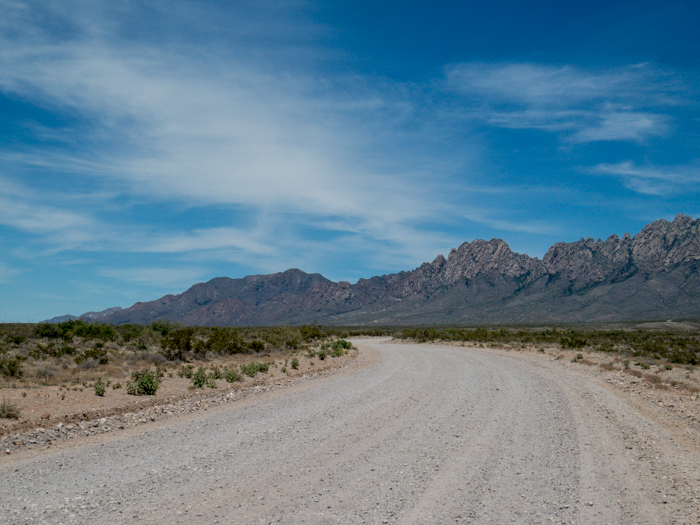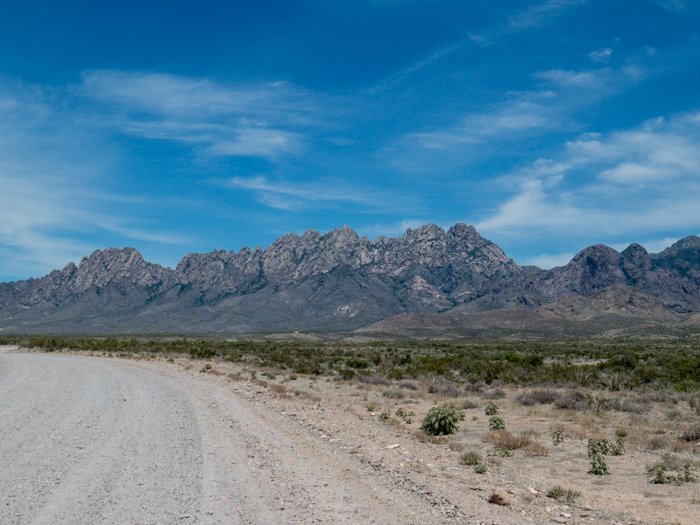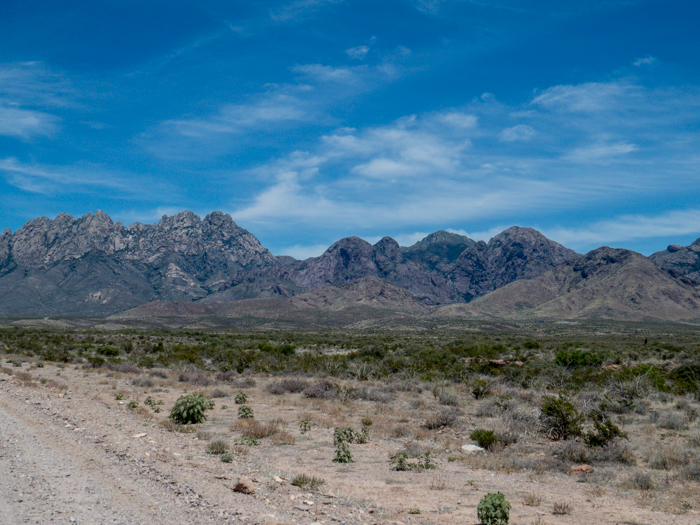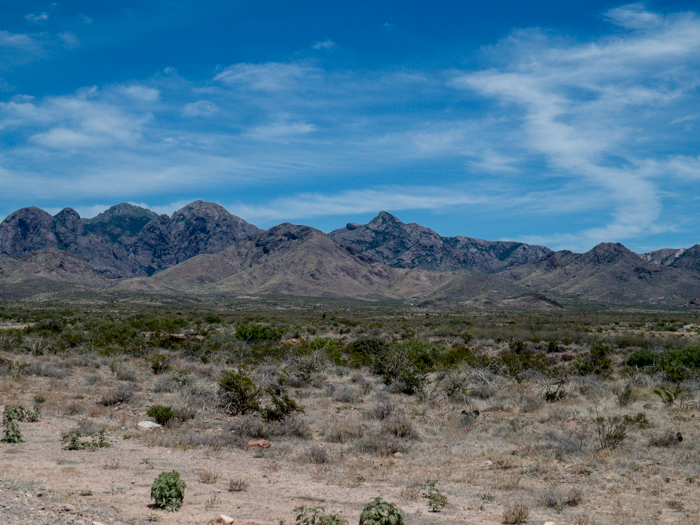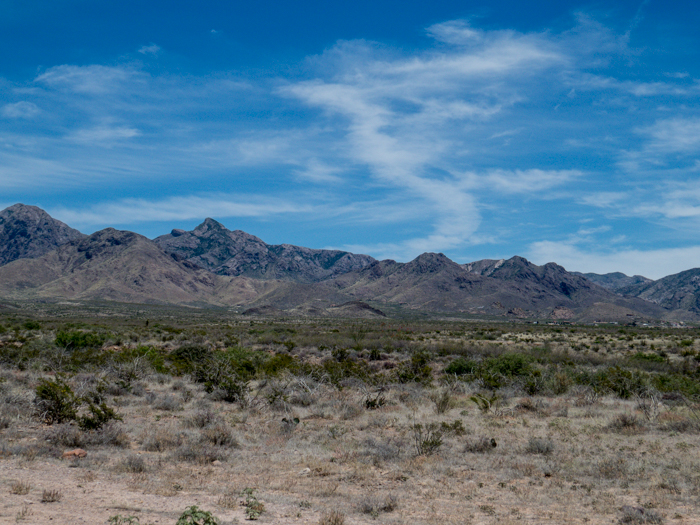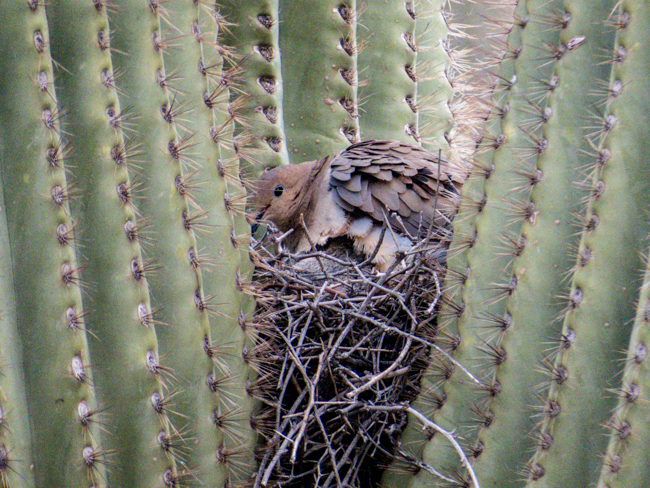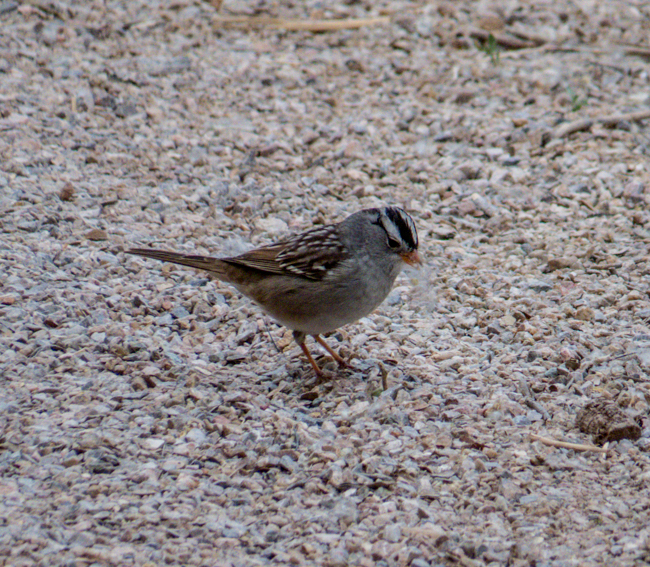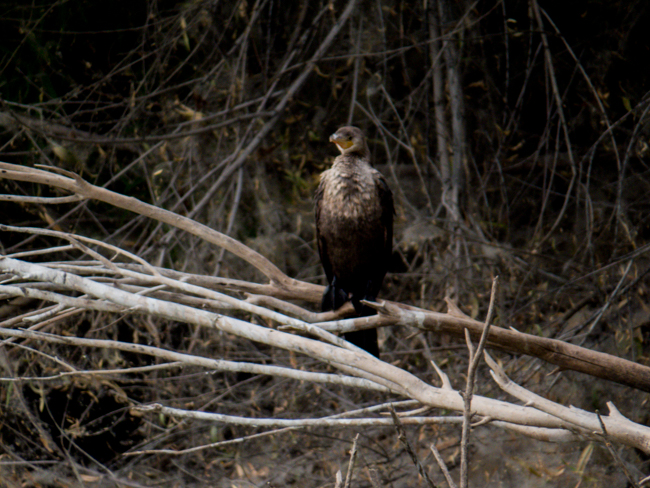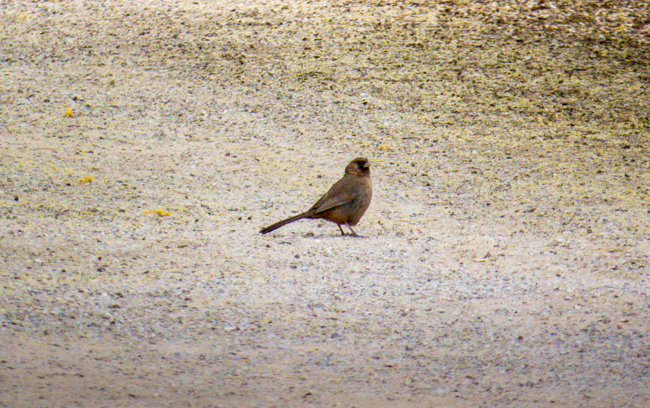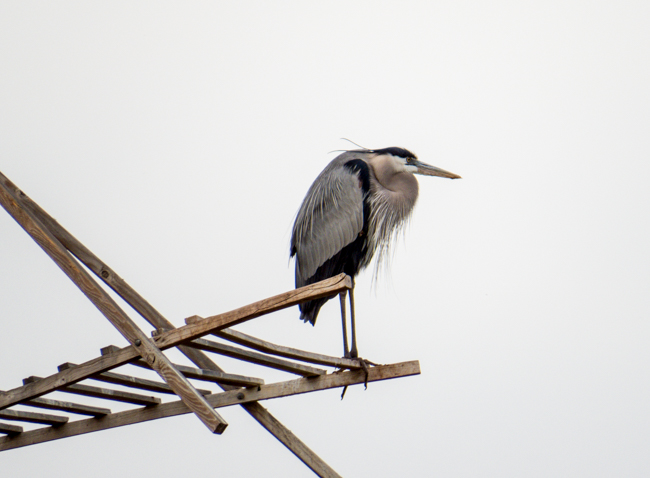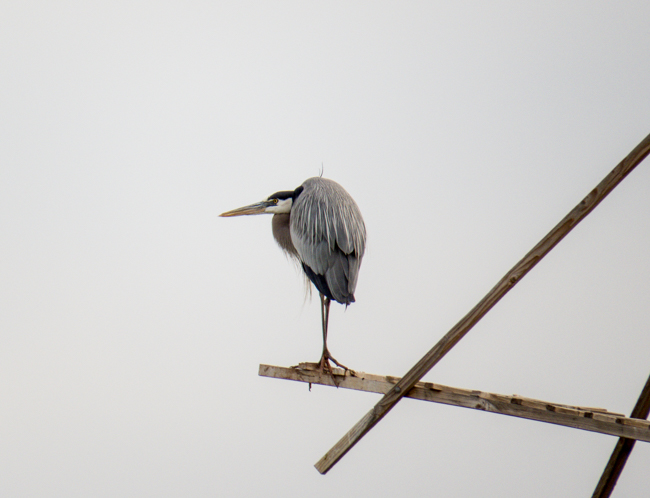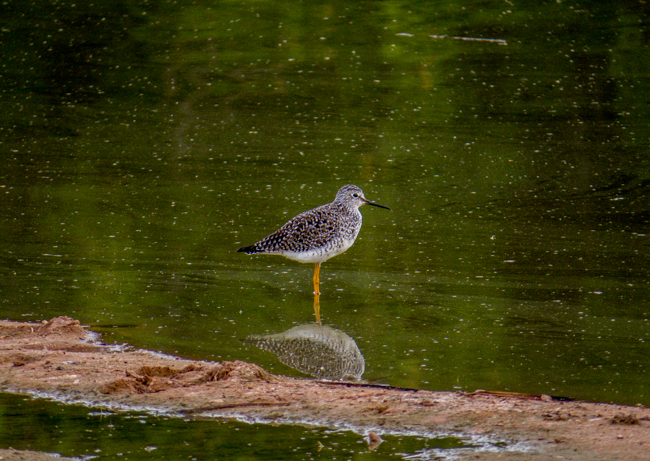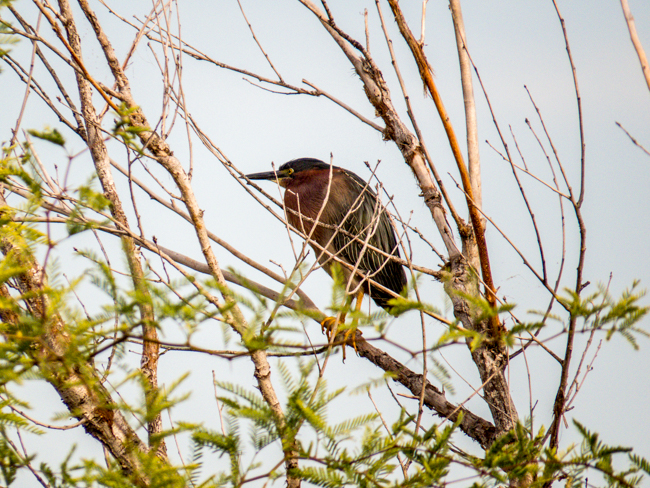We recently spent ten days hiking the trails of Yellowstone National Park. This was a bucketlist item for us and we were thrilled to be able to check off this box. Although we are senior citizens, we logged more than seventy miles along the pathways and mountains of this beautiful and intriguing geographical area.
We were enjoying the beautiful meadows and wooded areas while hiking to Cascade Lake. There were bison in the area (more about that in a later post) and while photographing and admiring these large animals, I saw a silhouette of the bird below. At first it appeared mostly black.

I took several steps closer to get a better look and rather than a raven as I originally thought, I knew this was a falcon or a hawk. What I normally do in this situation is I take several pictures while moving a bit closer for each click of the shutter. In this way, I hope to capture shots that will enable me to identify the bird without chasing it away.
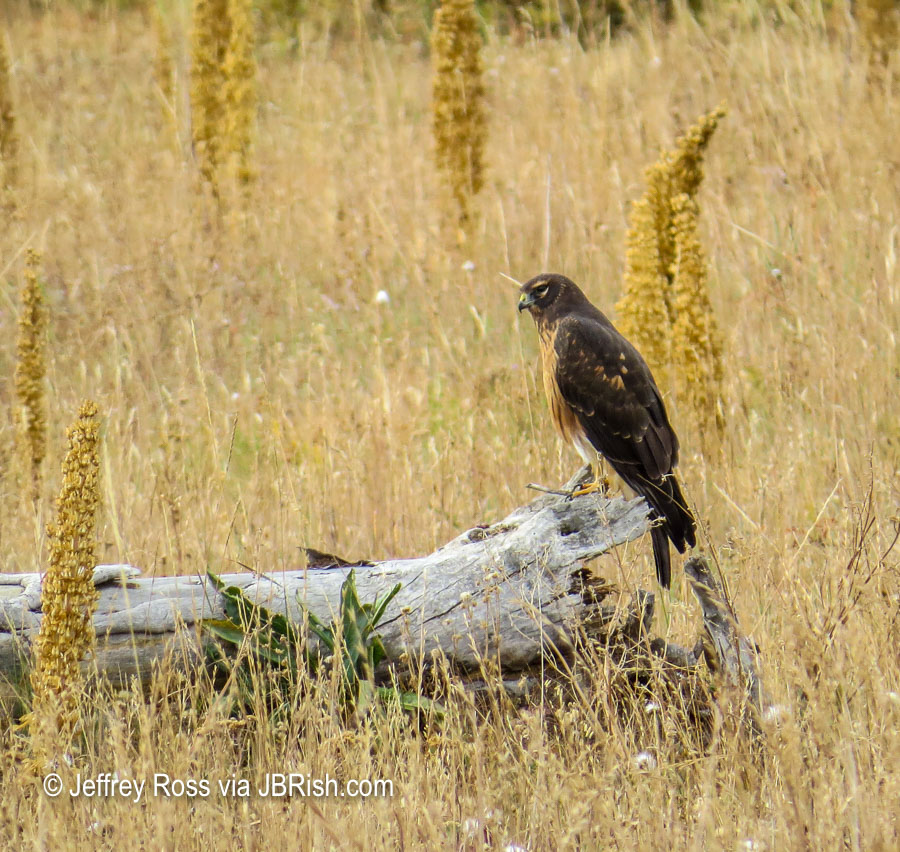
This was a very confident bird. As you can note, it was clearly perched in an open and perhaps vulnerable spot. As I moved a bit closer, it did not move on inch. The only change in posture was for this hawk to turn its head to look at me.
I always try to respect the animals I photograph by giving them plenty of room. I do not get very close because, after all, this is their home and I do not want to frighten them or change their behavior. I try to observe from a distance. I have a Canon bridge camera which does allow me to get fairly close with an equivalent 600mm lens.
After trying to identify this bird, I thought it might be a Harris Hawk, but as I normally do when I am unsure, I post a question in the Bird Identification forum on the BirdForum website. If you are interested in birding or bird identification, I cannot recommend this resource more highly. The members are very helpful in guiding novices to learn how to properly identify birds.
After making my guess and posting the three pictures from this post on the forum, I learned that this was a Northern Harrier Hawk and that the facial markings, referred to as a mask, is the clincher in this identification.
This was a bird that I had seen from a very far distance in Arizona, but I did not have a photograph of it. I was glad to add these photos to my birding collection. I now have seen and identified more than ten percent of all birds that visit North America some time during the year according to the American Birding Association (ABA).
Check out the BirdForum if you have in interest in birds and/or birding.

To read more JBRish.com posts about birding, click HERE.
**********
All original content on this blog is copyrighted by Jeffrey B. Ross with ALL Rights Reserved. While reference links back to JBRish.com are appreciated and encouraged, please acquire approval for any reproduction of original content from this website.
©Jeffrey B. Ross 2014 – 2018 — JBRish.com
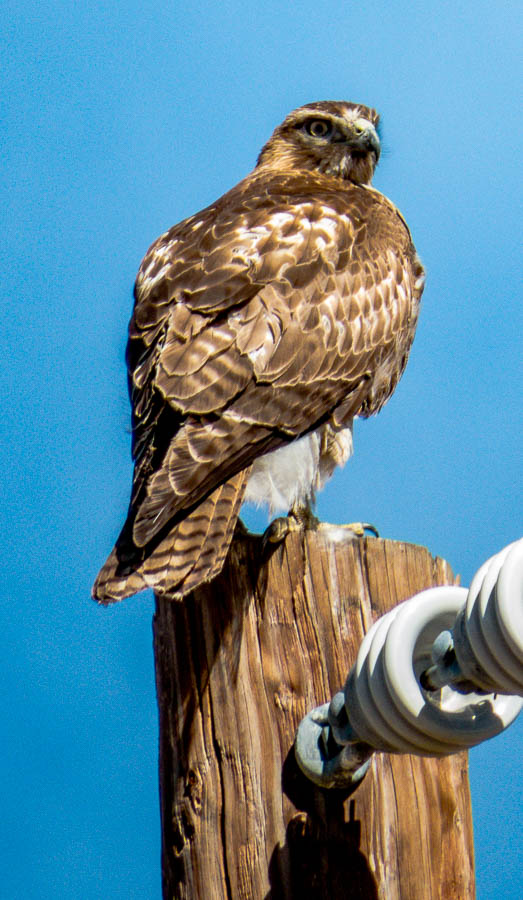
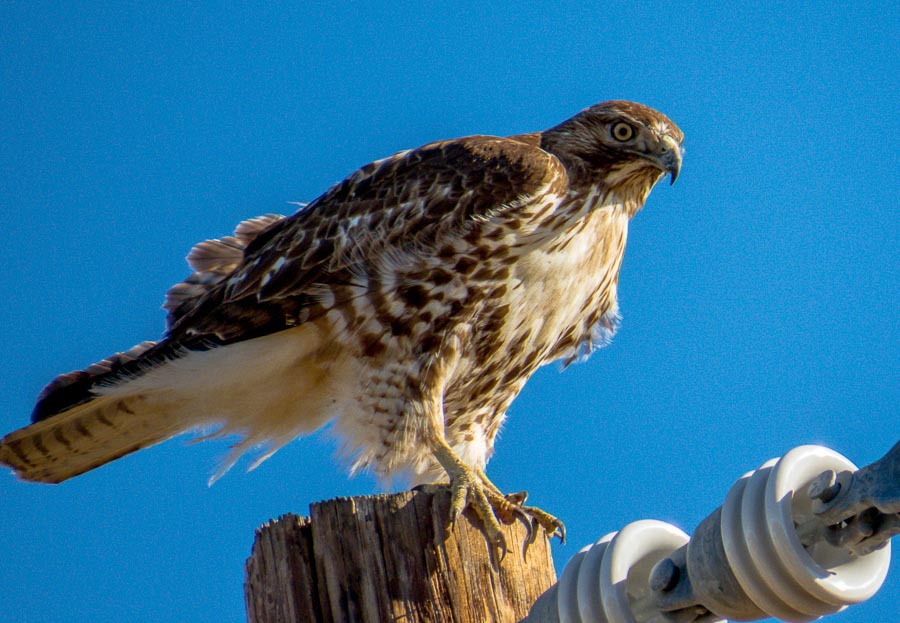

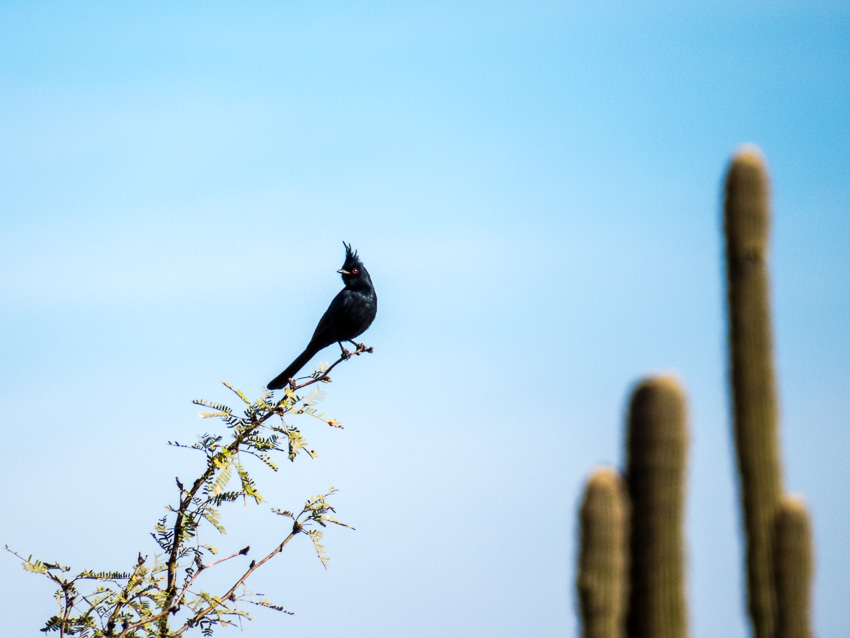

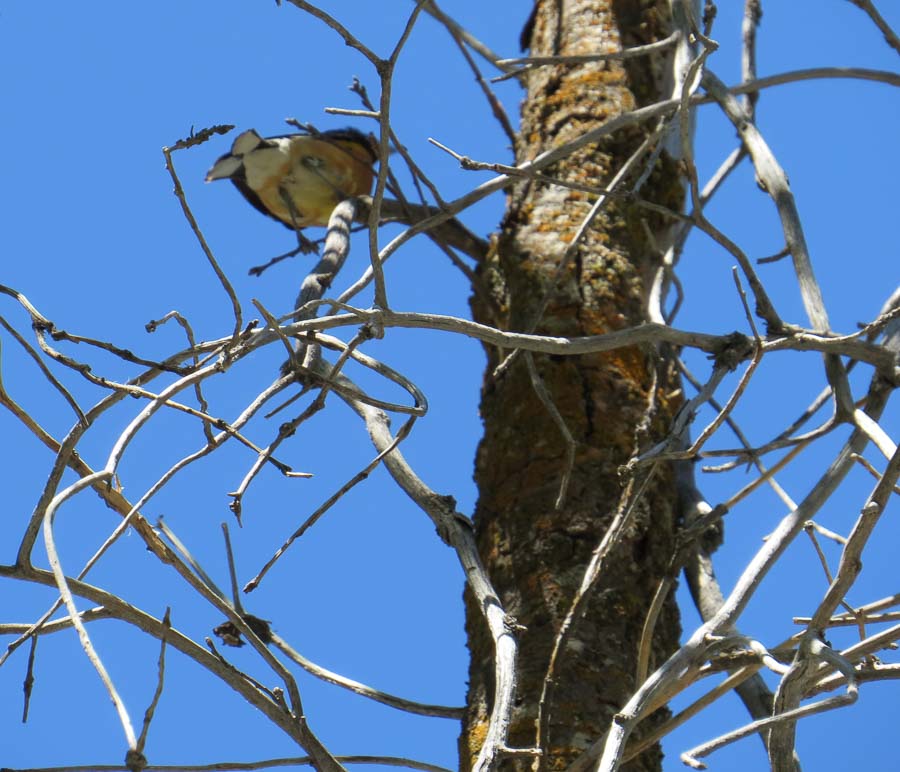

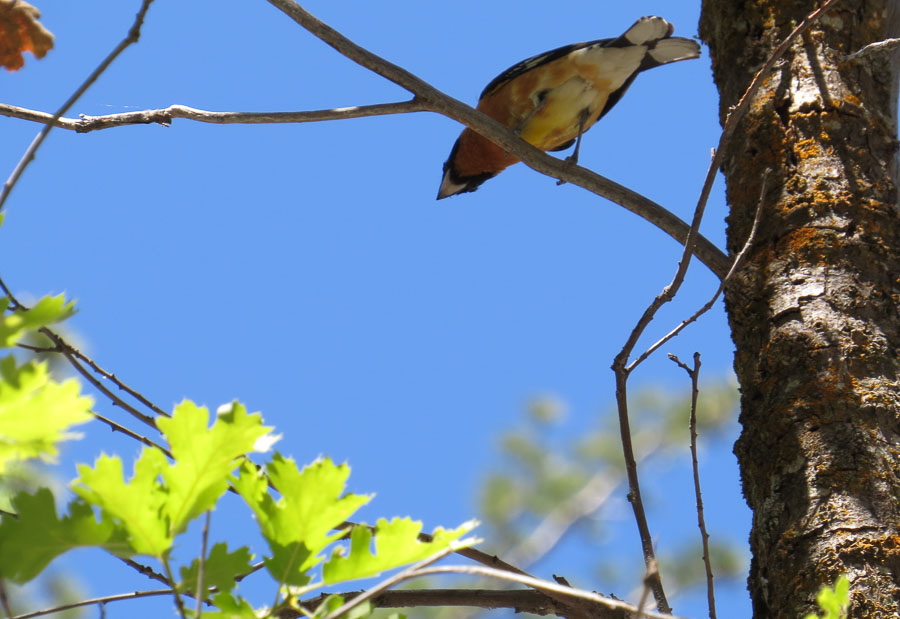
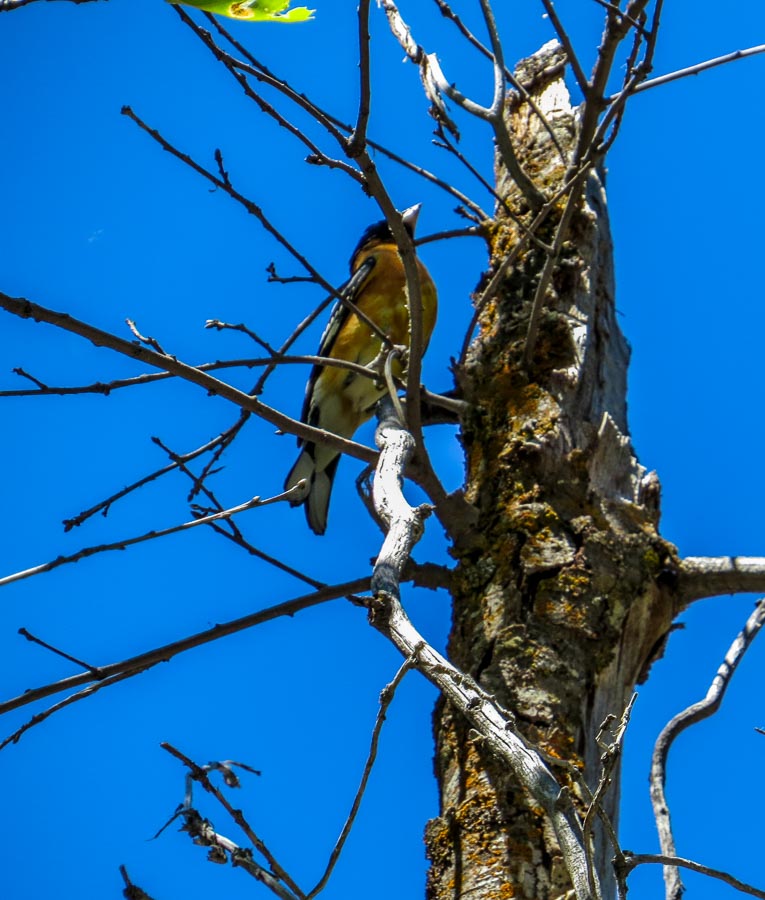
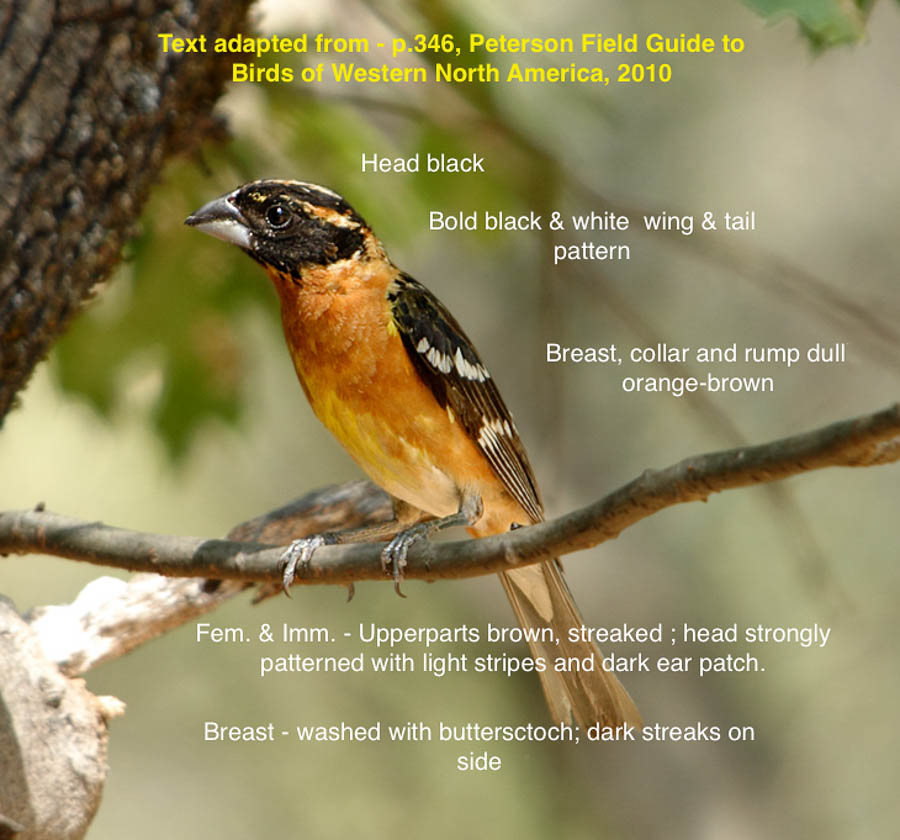
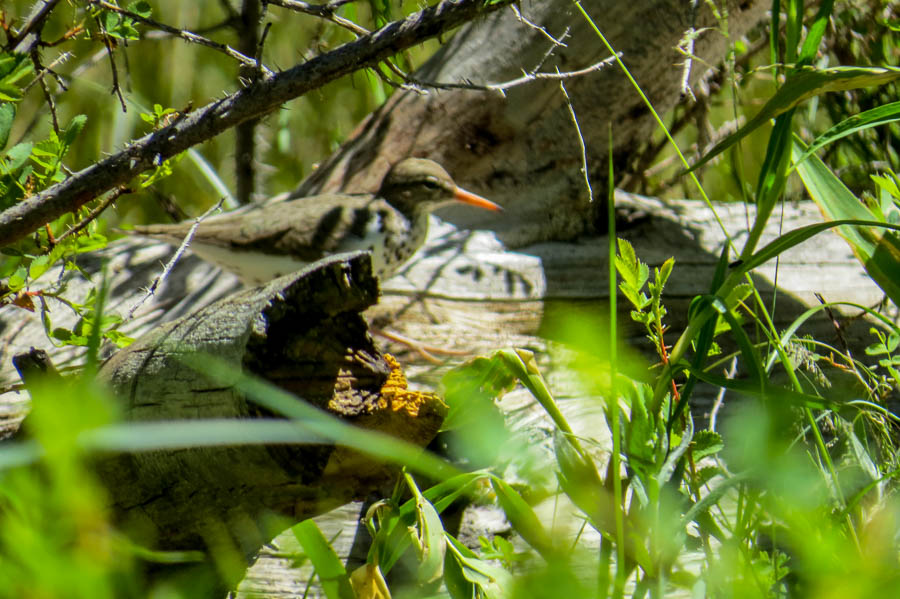
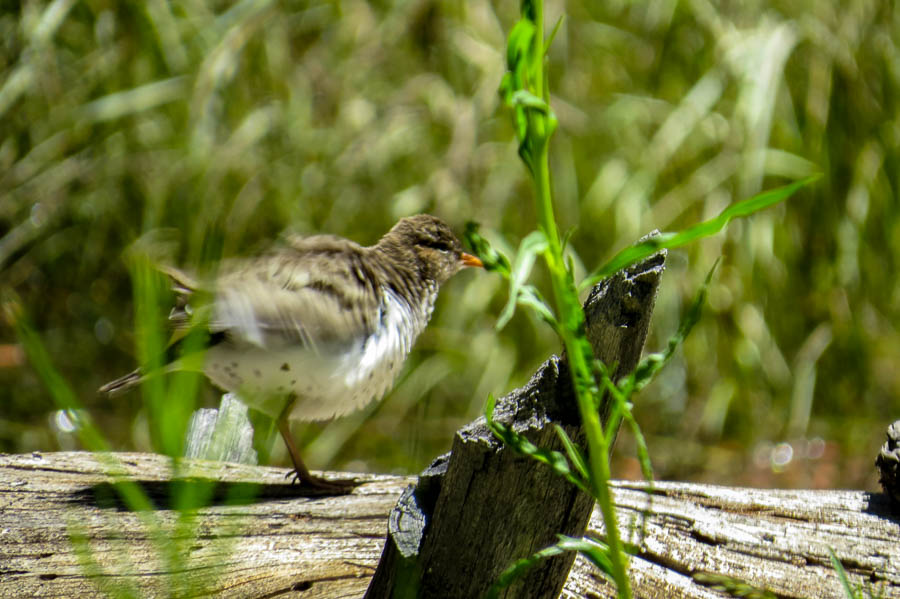
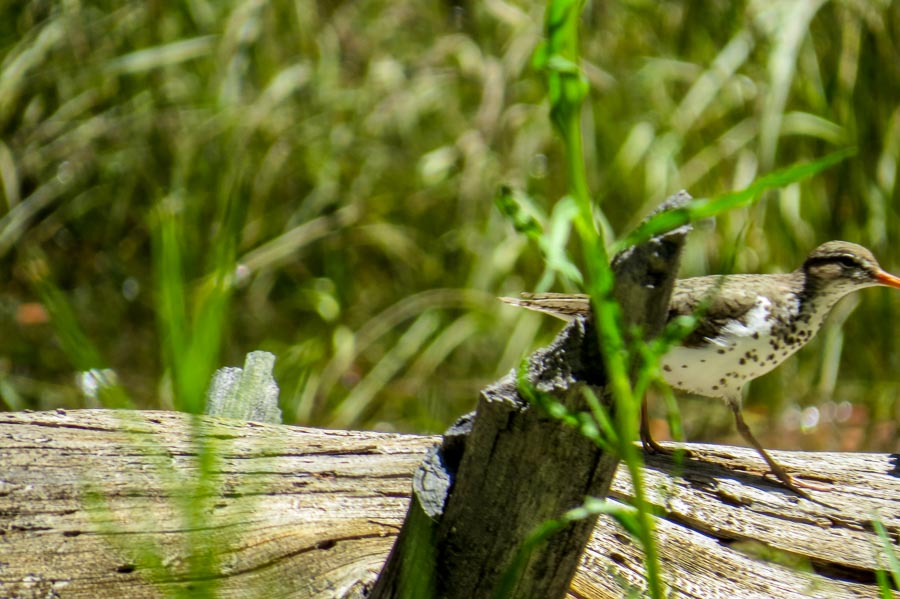
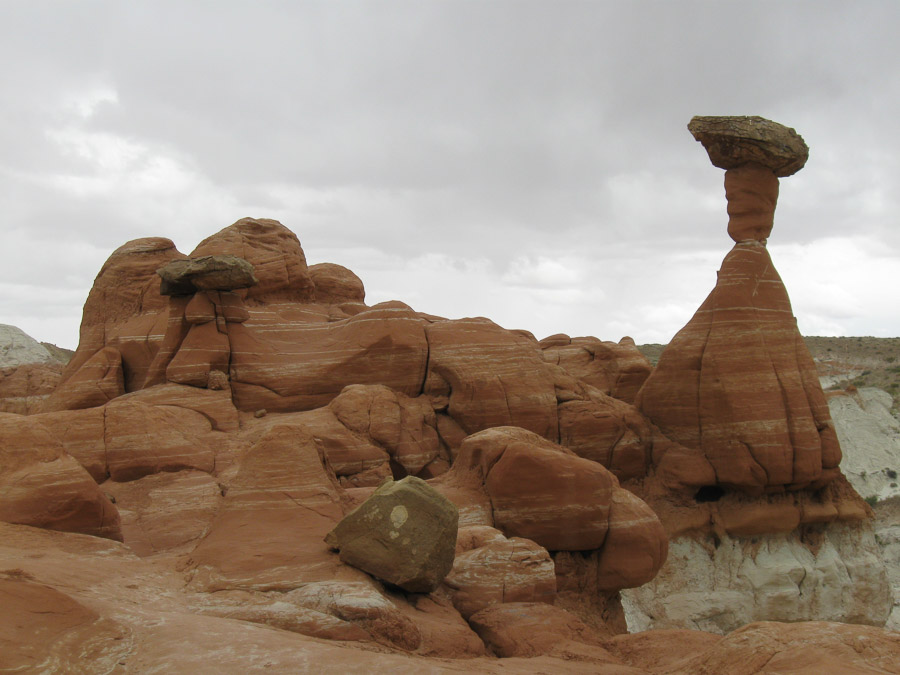 This JPEG photograph was taken with an AS590 IS and is unprocessed
This JPEG photograph was taken with an AS590 IS and is unprocessed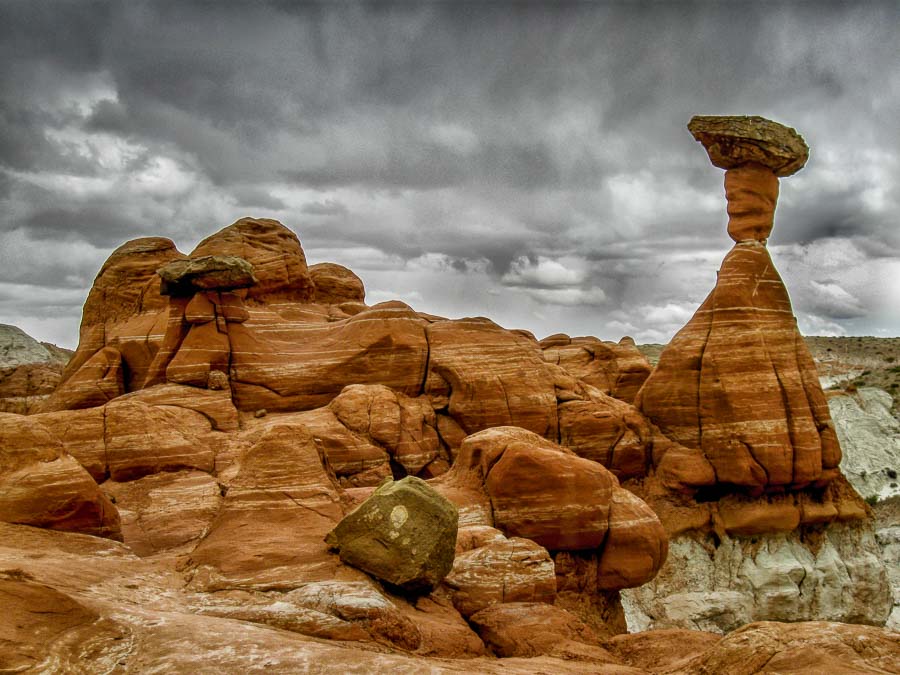 This is the same photograph as the one above with post processing done in Lightroom
This is the same photograph as the one above with post processing done in Lightroom This is a side-by-side comparison of the two images above
This is a side-by-side comparison of the two images above